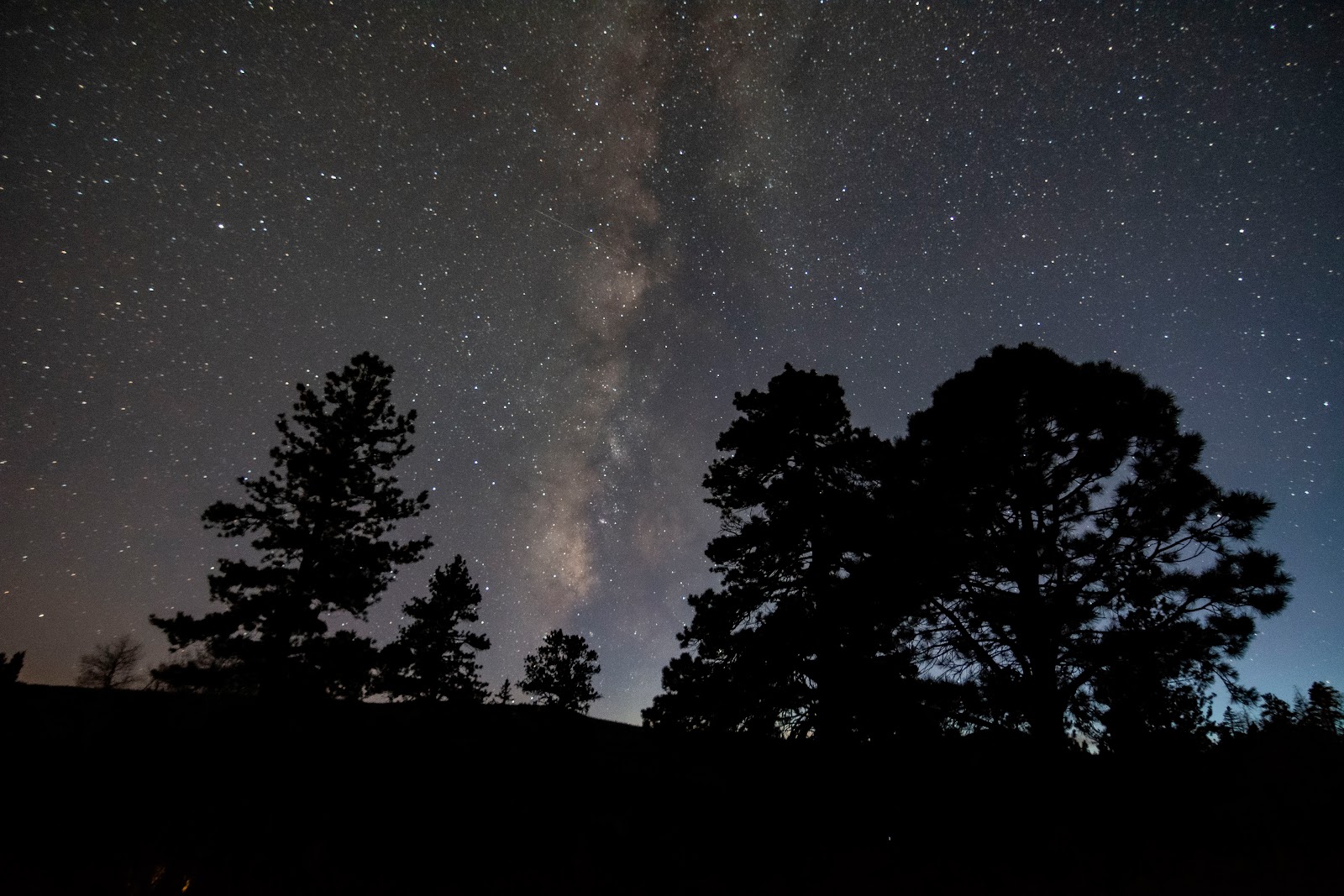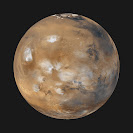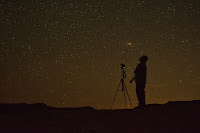Introduction
The weather has remained mostly pleasant, if not a little bit unpredictable, during the last part of April. Even with the wild weather, I was still able to spot the ISS, see Jupiter and Mars in the night sky with Orion and Gemini, and Venus in the morning sky. As always, the Moon was enjoyable to watch as it changed phases.
The current weather forecast for Northern Utah claims more rain with a slight chance of snow while the temperatures increase. May brings the last chance to view Jupiter in the evening sky as it transitions to a morning planet. The Eta Aquariid Meteor Shower will peak during the first week. Mars will pass through the Beehive Cluster, and Neptune will join the morning planets.
Mercury will be a challenge for Northern Hemisphere observers to view this month. It can be found in the morning sky but will hug the eastern horizon until the 29th, when Mercury reaches superior conjunction with the Sun. The best chance to view Mercury will come during the first few days of the month when it is highest in the sky before sunrise.
Venus will be easy to spot before sunrise above the eastern horizon. The views will improve as this planet gains altitude throughout the month. By the 31st, Venus will have reached its greatest western elongation, resting 46° away from the Sun from our Earthly vantage point. Saturn can be found less than 4° away during the first morning of May, but it will quickly increase that distance. On the 23rd, the Moon can be found less than 4° away from Venus. Neptune can be found close to Venus throughout May, but its closest approach will occur on the 3rd. A telescope and a clear view of the eastern horizon will be required to view this conjunction. Saturn can also be found nearby.
Mars is spectacular to observe with the unaided eye due to its red color. In early May, Mars will pass through the Beehive Cluster. On May 3rd, observers can see Mars enter the Beehive. May 4th and 5th will be the best time for viewing this pair, weather permitting. The Red Planet will leave the Beehive on the 6th. I recommend using a pair of binoculars or a low-power eyepiece in a telescope for the interested observers. This will allow the scene to be viewed in its entirety. The Moon can be found just 2° from Mars on the 3rd. The Red Planet will spend most of May in Cancer the Crab, but crosses into Leo the Lion on the 25th.
Observers should catch Jupiter during May before it transitions to the morning sky. This gas giant will be visible about three hours after sunset during the first portion of May. However, by the end of the month, Jupiter will only be above the western horizon for about an hour after the Sun sets. Even though this planet is not in the best position in the sky for fantastic observations, interested observers can still catch the Galilean Moons transiting the planet, the Great Red Spot, and the distant cloud bands. Check out the Moons of Jupiter & Saturn app for Android or JupiterMoons for Apple devices to find the best times to view the transits and the Great Red Spot for a specific location. An observer will need a four-inch (100 mm) or larger telescope to view the transits and the Great Red Spot. The Earth's moon will pass close to this gas giant on the 28th.
Saturn is pulling away from the Sun from our vantage point, rising about an hour before our closest star on the first morning of May and about 90 minutes earlier by the end of the month. An observer should be able to spot Saturn in the morning sky as it glows at magnitude 1.2. Venus is just 4° away on the first, aiding in finding the Ringed World. During the first week of May, observers should try to view Saturn through a telescope to catch the shadow of its rings on its surface. On May 6th, the rings will be edge-on from our vantage point. The following morning, the ring system will again be tilted from our point of view, making it visible again. The Moon will pass nearby on the 22nd.
The ice giant, Uranus, lies too close to the Sun from our Earthly perspective and will be lost from view during May.
Neptune can be seen in the eastern sky before sunrise. For the best views, observers should wait until the end of the month, when this most distant world rises earlier. In addition to rising earlier, Neptune will be found close to Saturn, less than 2° of separation on the last day of the month. The Moon will also pass within 2° of Neptune on the 22nd.

Aquariid Meteor Shower
The Aquariid Meteor Shower peaks during May. While this isn't the most active meteor shower of the year, it does give observers something to do while enjoying the warm spring temperatures. The Aquariids will peak during the evening of the 5th and morning of the 6th. The meteors will appear to radiate from Aquarius, which rises close to 4:30 AM. This means the radiant won't be visible all night, but some meteors should still streak across the sky. If Aquarius could climb overhead before sunrise, observers could expect to see up to 50 meteors per hour. Alas, this constellation won't get that chance, so a more realistic rate is about 10-15 meteors per hour. The Aquariids are known to travel at high speeds, leaving long meteor trails in the night sky.
The Northern Lights were visible in Utah on the 10th of last year due to the active Sun. The Sun is still highly active, and the opportunity to see the lights again still exists. Individuals should keep their eyes on the sky and the news to see if there is a chance to view the Northern Lights in their area.
 |
Monthly Breakdown
May 03: Moon passes within 2° of Mars
May 03: Venus and Neptune within 2°
May 04: First Quarter Moon 🌓
May 05: Eta Aquariid Meteor Shower Peak
May 12: Full Moon 🌕
May 20: Last Quarter Moon🌗
May 22: Moon passes within 3° of Saturn
May 22: Moon passes within 2° of Neptune
May 23: Moon passes within 4° of Venus
May 26: New Moon 🌑May 28: Moon passes within 5° of JupiterMay 29: Mercury reaches superior conjunctionMay 31: Venus reaches greatest western elongation









